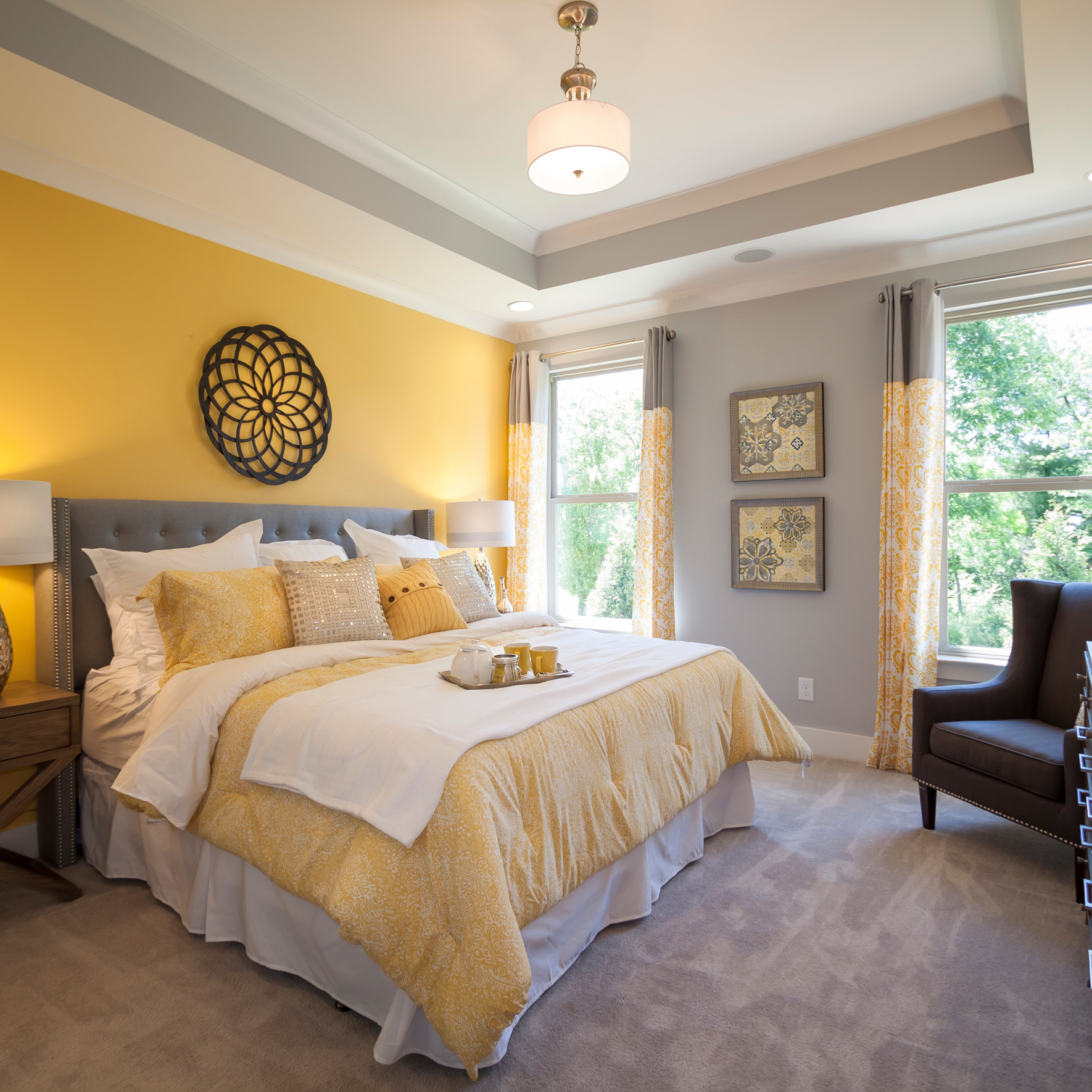In recent years, light-emitting diode (LED) bulbs have gained popularity thanks to their energy efficiency and extended lifespan. LED bulbs come in a variety of colors, which can be confusing for consumers who are used to traditional incandescent bulbs that emit a warm, yellowish-white light. This article will explain the different types of LED bulb colors and their pros and cons in various settings, such as home, office, and outdoor lighting.
The Basics of LED Bulbs
LED bulbs produce light using a semiconductor that emits photons when an electric current passes through it. This process is called electroluminescence. Unlike incandescent bulbs, which use a filament that can burn out, LED bulbs have no moving parts and can last up to 25,000 hours or more. Additionally, they are up to 80% more energy-efficient than incandescent bulbs, which means they can save you money on your energy bills.
Types of LED Bulb Colors
LED bulbs come in different colors that are measured on the Kelvin scale. Kelvin measures the color temperature of a light, with lower numbers indicating warm, yellowish-white light (like incandescent bulbs) and higher numbers indicating cooler, bluish-white light. Here are the main types of LED bulb colors:
Warm White (2700-3000K)
Warm white LED bulbs produce a soft, yellowish-white light that is similar to incandescent bulbs. They are ideal for creating a cozy and comfortable atmosphere in your home or office. Warm white bulbs are also good for outdoor areas like porches or decks, as they can create a welcoming and inviting feel.
Soft White (3000-3500K)
Soft white LED bulbs emit a slightly brighter and cooler light than warm white bulbs. They are perfect for task lighting, such as reading, cooking, or applying makeup. Soft white bulbs are also well-suited for living spaces that have lots of natural light, as they can balance out the sunlight and create a more relaxed atmosphere.
Daylight (5000-6500K)
Daylight LED bulbs produce a crisp, white light that is comparable to natural daylight. They are ideal for spaces where visibility is important, such as workspaces or bathrooms. Daylight bulbs can also create a sense of alertness and energy, which is beneficial for people who work from home or spend long hours indoors.
Cool White (6500-10,000K)
Cool white LED bulbs emit the brightest and coolest light out of all the color options. They are typically used in commercial or industrial settings, such as warehouses, garages, or hospitals. Cool white bulbs can also be used for outdoor lighting applications, as they can illuminate a large area and provide a sense of safety and security.
Pros and Cons of LED Bulb Colors
Each LED bulb color has its own advantages and disadvantages, depending on the context in which it is being used. Here are some things to consider when choosing an LED bulb color:
Pros of Warm White LED Bulbs
– Creates a cozy and inviting atmosphere
– Good for outdoor areas
– Similar to traditional incandescent bulbs
Cons of Warm White LED Bulbs
– Not as good for task lighting
– Can make colors appear dull or yellowish
Pros of Soft White LED Bulbs
– Ideal for task lighting
– Can balance out natural light
– Creates a relaxed and comfortable atmosphere
Cons of Soft White LED Bulbs
– Not as warm or cozy as warm white bulbs
– May not be bright enough for some people
Pros of Daylight LED Bulbs
– Increases alertness and productivity
– Good for commercial or industrial settings
– Provides a true-to-life color rendering
Cons of Daylight LED Bulbs
– Can be too bright or harsh in residential settings
– May be too stimulating for some people
Pros of Cool White LED Bulbs
– Very bright and intense
– Provides a sense of safety and security
– Suitable for large indoor and outdoor areas
Cons of Cool White LED Bulbs
– Not recommended for residential or small spaces
– Can create a sterile or clinical atmosphere
The color of the LED bulb you choose can have a significant impact on the atmosphere of your home or office. Understanding the different types of LED bulb colors and their pros and cons can help you make an informed decision when selecting the right bulbs for your lighting needs. Whether you prefer warm and cozy or bright and stimulating, there is an LED bulb color that can meet your needs and preferences.



